
Declared a UNESCO World Heritage in 1995, San Agustín preserves the relics of this pre-Colombian culture that thrived in the area for more than 7 centuries. This San Agustin culture used the crossing point of the two rivers that are found in this province to worship, to trade as well as to say goodbye to their dead. Visitors to the Archaeological Park can stroll back through the centuries marveling at the huge life-sized statues symbolizing fertility, maternity, and the alter ego as well as realistic and sacred animals.
Neiva is the capital of the department of Huila, located in an important geographical point, the valley of the Magdalena River that makes it one of the most important cities in southern Colombia.
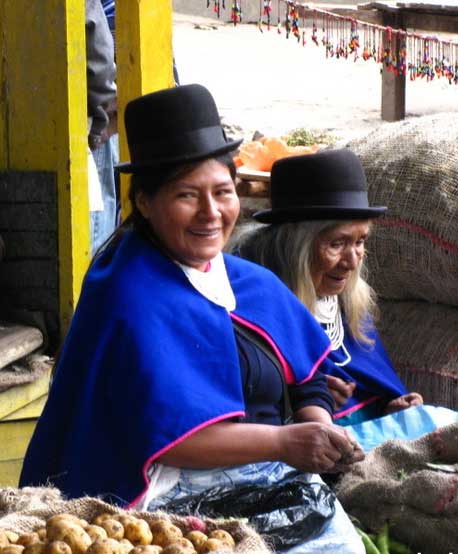
A COLOMBIAN ARQUEOLOGICAL TREASURE

build your clients trip with our experts

San Agustin & Neiva
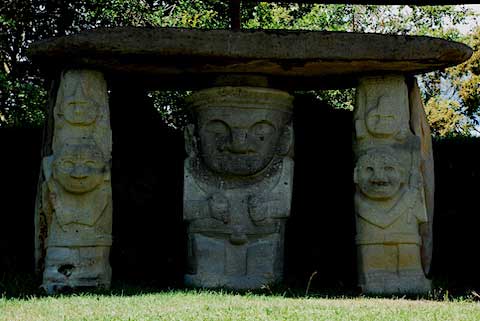
San Agustin National Park
A rich archaeological landscape, with evidence of ancient tracks, field borders, drainage ditches, and man-made platforms. This was a holy land, a place of pilgrimage, and worship for ancestors. Some more than 4 m tall and weighing several tons, these hieratic guards are carved from tuff and volcanic rock blocks. The burial quarters, the monolithic sarcophagus, and the burial sites are covered.
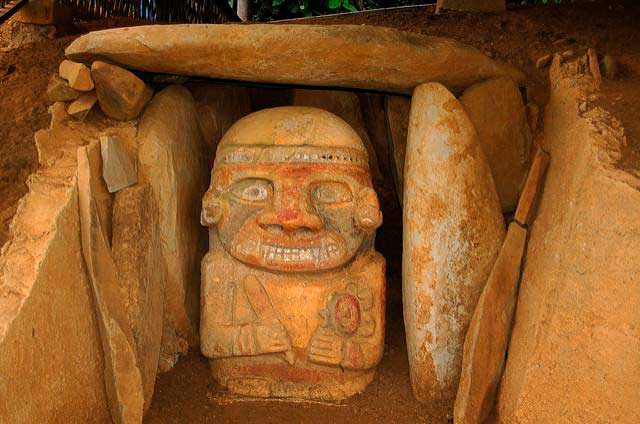
El Purutal & La Pelota
In the archaeological site of El Purutal, some shrines are part of an artificial mound, this is made up of 2 dolmen temples with statues representing the main lords, painted in the original colors: yellow, white, red and black, symbols magic of his lineage. The site is surrounded by dense vegetation classified as mostly secondary forest and, to a lesser extent, primary forest.
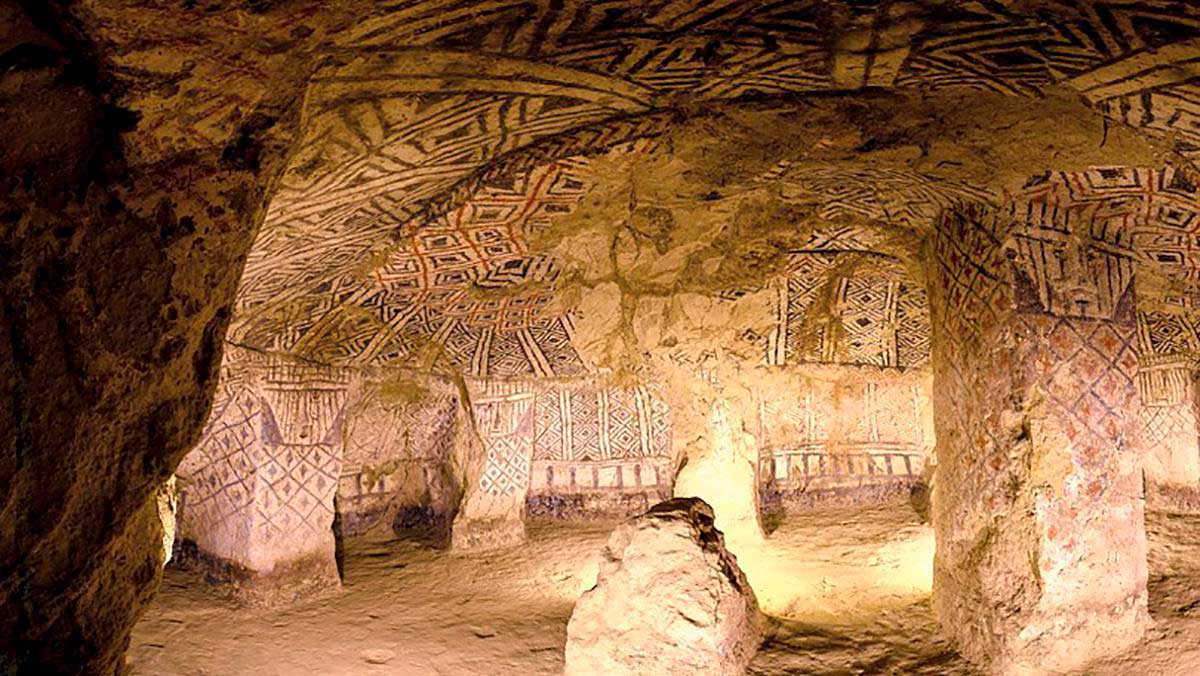
Tierradentro National Park
Tierradentro is a peaceful place with friendly locals and awe-inspiring archaeological wonders well off the beaten track. Tierradentro’s Unesco World Heritage Site is reknown for its elaborate underground tombs, built from AD 500 to AD 900. About 100 of these unusual funeral temples have been discovered by archaeologists so far, the only examples of their kind in the Americas.
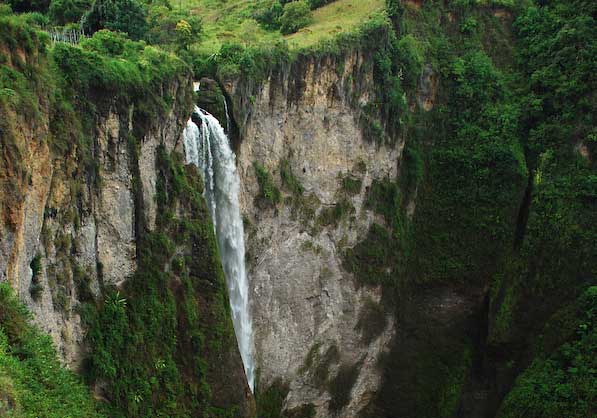
Bordones Waterfall
With a height of around 490 m (1,607 ft), Salto de Bordones is the highest single-drop waterfall in the world. The falls tumble down into a stunning, jungle-covered canyon, the viewpoint provides a spectacular view of the distant waterfall across the valley. This region is also an excellent place for hiking, campling, and enjoying the flora and fauna that Colombia has to offer. There is also an ecological path along the waterfall.
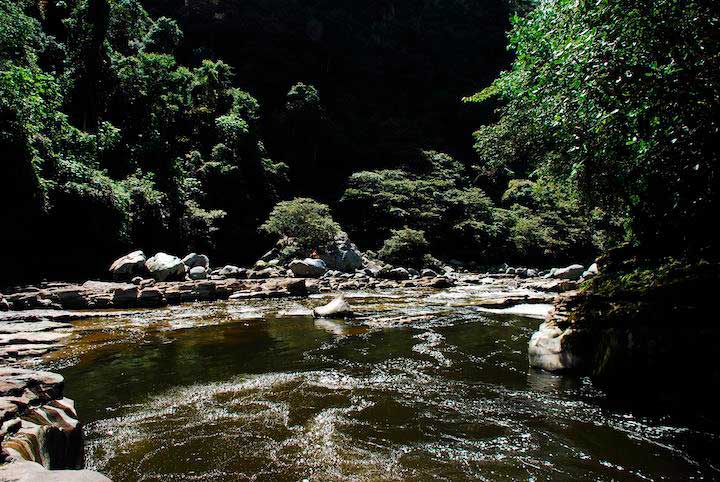
Magdalena Strait
The Magdalena Strait is recognized as the narrowest point of the most powerful river in Colombia. A narrow canyon, surrounding scenery, and flowing river make for a stunning sight. A small part of the river is very transparent and tourists can see the sand and rocks through the flowing water below. The area is surrounded by beautiful mountain, trees and large stones that frame the river itself.
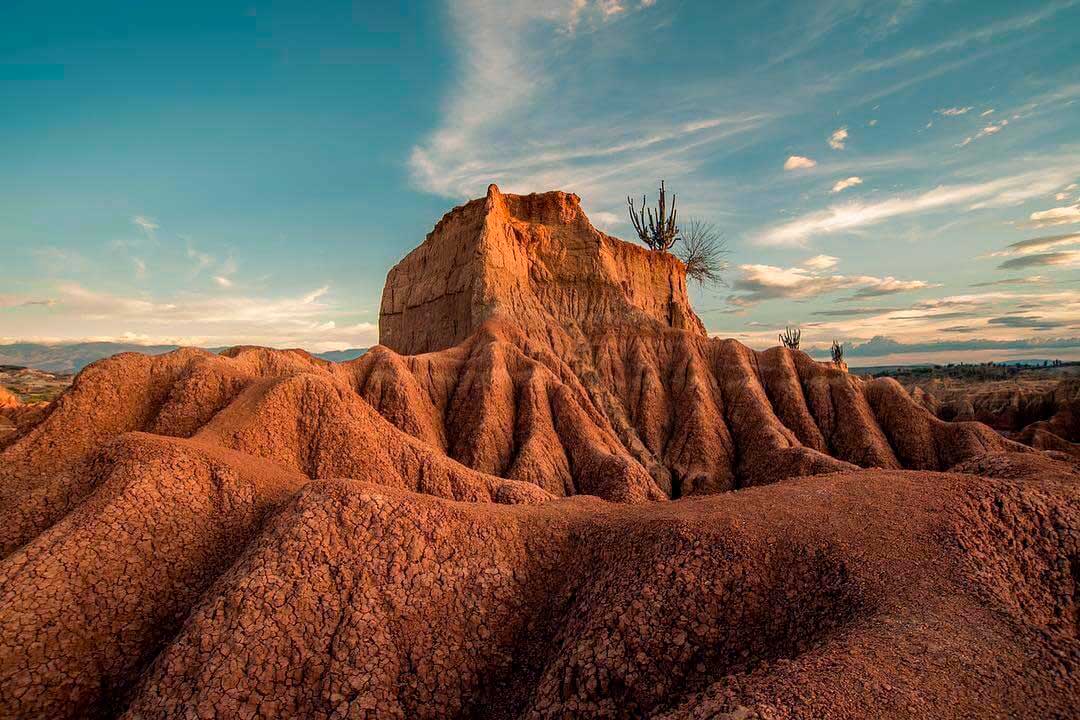
Tatacoa Desert
The Desierto de la Tatacoa is a desert situated in the department of Huila, Colombia, a short drive from Neiva. It’s considered Colombia’s second largest arid region, and a wonderful place for star gazing, as there is almost no pollution or noise, and draws visitors who enjoy the quiet and calm. It is still off the beaten path, you can expect to see turtles, eagles, scorpions and snakes, with many cacti varieties.
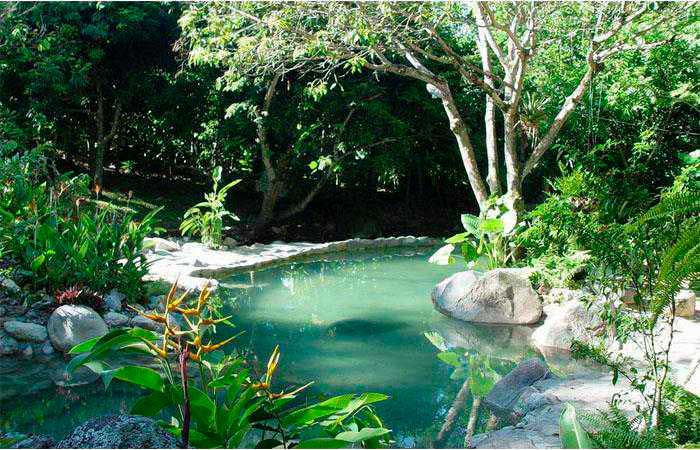
Neiva
Neiva is the capital of Huila, between the Central and Eastern mountain ranges, on a valley on the eastern margin of the Magdalena River. Neiva is a city in the process of growth and development, which offers various tourist alternatives with the presence of elements of a cultural and historical nature, in an interesting journey through the traditions and vestiges of the past that are alive in everyday expressions and places of the city.
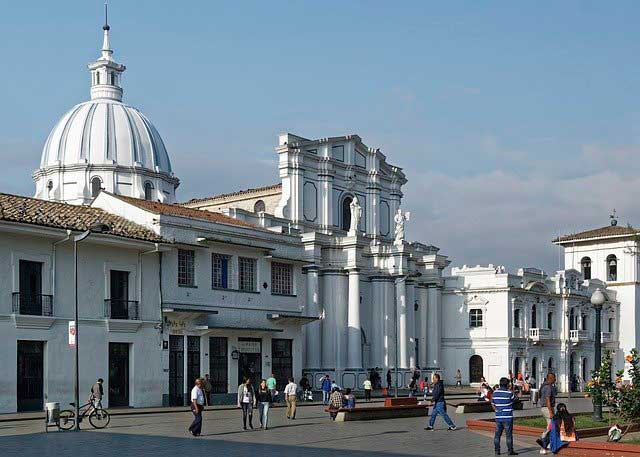
Popayan
Popayán is a colonial gem in Colombia best known for its white buildings and beautiful churches. It’s a city off the beaten path for most foreign tourists to Colombia, Popayán is the capital of the Cauca department in Colombia. The city’s historic downtown is considered one of the most beautiful and best-preserved Colonial centers in Colombia and Latin America.
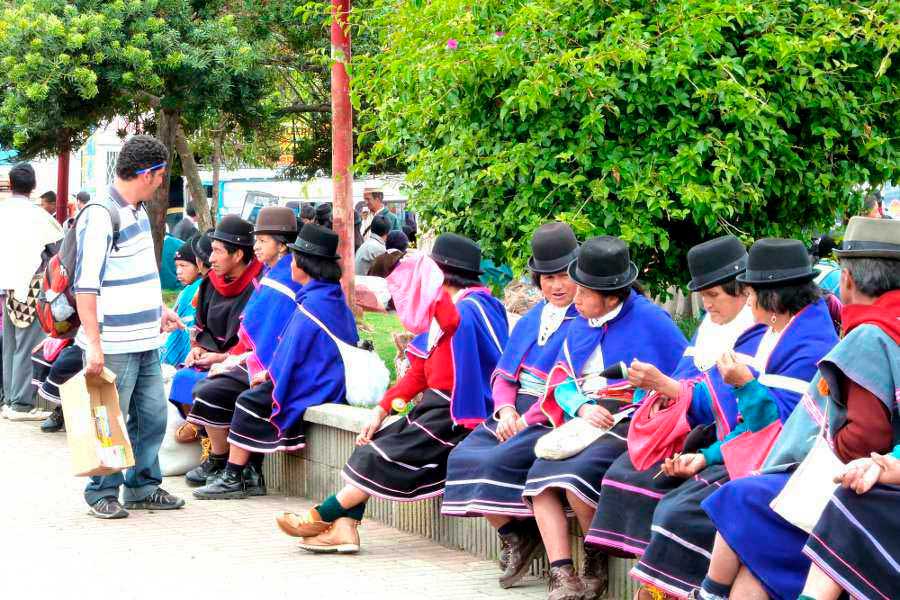
Silvia market
The local Guambiano arrive in this little village from surrounding mountain towns, famous for its weekly Indigenous market each Tuesday. You can find many products from the region, such as fruits, vegetables, coffee, grains, panela, and quinoa, amongst others. Women sell typical handmade woolen fabrics, with colorful shapes that represent the traditional art of the indigenous Guambianos.
destination map

| Title | Address | Description |
|---|---|---|
Bogota | Bogotá, Colombia | Colombia’s capital is surrounded by cool Andean peaks and, to give you an impression of its size, it consists of approximately 1,000 neighborhoods, each adding a different angle to this lively metropolis. The city is located in the center of the country at 8,660ft (2,640m) above sea level. With people coming from all corners of the country, this capital city is as diverse as the entire country. Read more… |
Medellin | Medellín, Antioquia, Colombia | Once the home of Pablo Escobar, Medellin also known as the ‘City of Eternal Spring’ has become the Silicon Valley of South America and is a jewel in the crown of Colombia. Nowadays this thriving city is one of the safest cities in Latin America offering mountain and valley views, Medellin has a friendlier and provincial town feel to it rather than a bustling metropolis. Read more… |
Cartagena de Indias | Cartagena, Provincia de Cartagena, Bolívar, Colombia | The magic of Cartagena lies at the foundation of its fortifications, warmth of its people, wealth of its architecture and endless cultural expressions of a fierce and courageous people. Gorgeous cobblestone alleys with elegant balconies, colorful flowers, massive churches and eye-catching terraces. The city is perfect to stroll around and soak up the relaxing and sensual atmosphere. Read more… |
The Coffee Triangle | Eje Cafetero, Colombia | Exploring family-run coffee plantations, staying at gorgeous colonial-style fincas and relaxing surrounded by the region’s lush rolling hills makes Colombia’s Coffee Triangle a highlight destination in South America. The region will easily seduce you with its visually stunning and expansive views of plantations and rolling hillsides. Read more… |
Villa de Leyva | Villa de Leyva, Boyacá, Colombia | Cobblestone streets, Spanish-style villas, and small-town pace give Villa de Leyva a charming, frozen-in-time feel. Villa de Leyva and surrounding countryside are among the safest places in Colombia to wander off the beaten track to explore the multiple waterfalls, a nearby desert, adventure-sport opportunities, and even a couple of vineyards. Read more… |
Santa Marta & Tayrona | playa de Cañaveral, Santa Marta, Magdalena, Colombia | Unrivaled architectural heritage, Santa Marta is the perfect starting point to visit Tayrona National Park or visiting the “Lost City”. There is a small beach and boulevard, Santander Park and Bolivar Square are pleasant places to stroll around. Santa Marta’s climate is hot, but the sea breeze makes it pleasant to sip from a fresh fruit juice or cocktail in one of the open-air cafes. Read more… |
San Agustin & Neiva | Neiva-San Agustín, Neiva, Huila, Colombia | Neiva serves as a hub for travelers headed to San Agustin, declared a UNESCO World Heritage in 1995, San Agustín preserves the relics of a pre-Colombian culture that thrived in the area for more than 7 centuries. Visitors to the Archaeological Park can stroll back through the centuries marveling at the huge life-sized statues symbolizing fertility, maternity, and the alter ego as well as realistic and sacred animals.Read more… |
Depending on your client’s preferences, we can help you determine the best experiences tailored for your clients. From where to visit, when to go, what to do and how to get there safely, our travel experts will help you create an experience your clients will love.
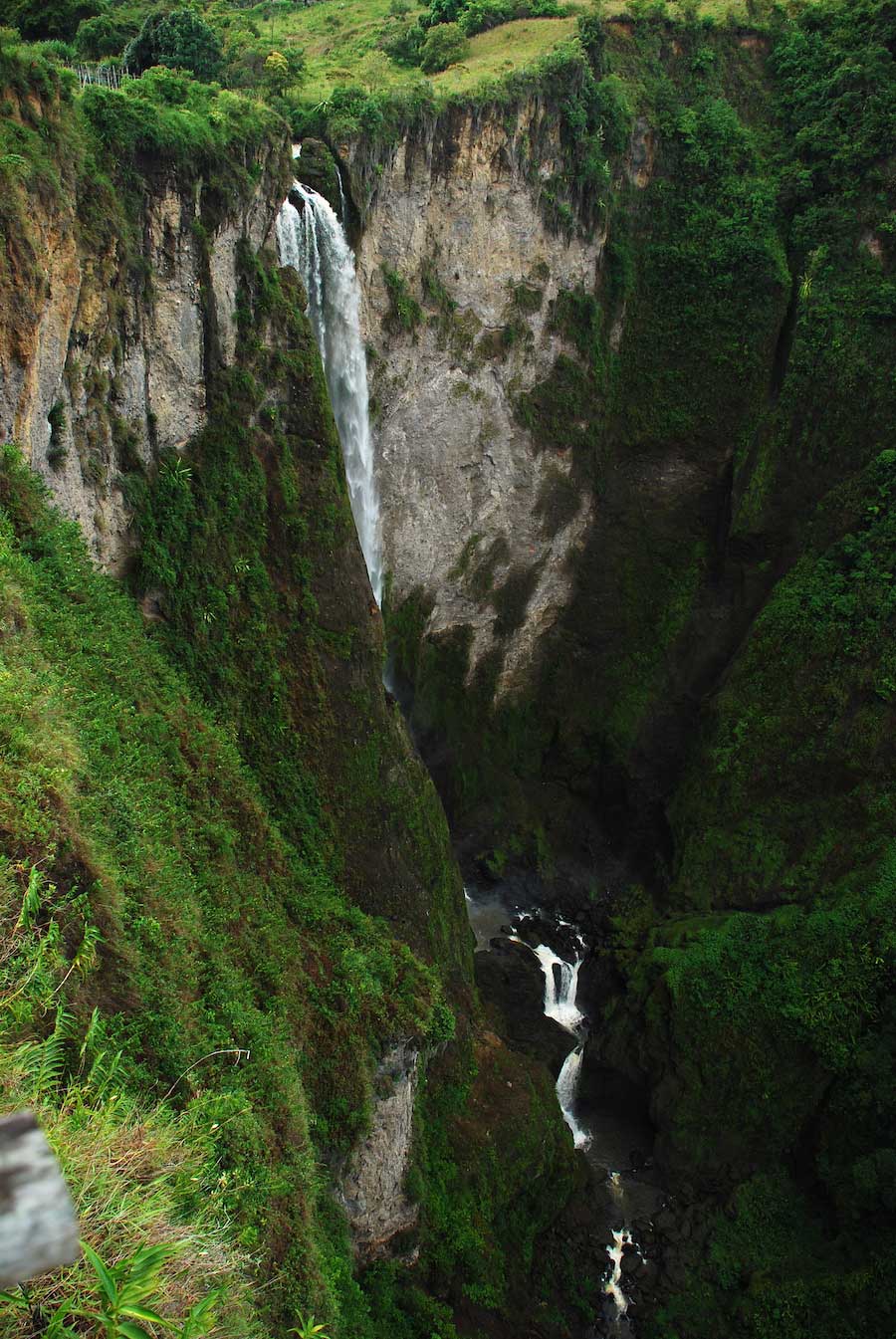
Best times to
visit San Agustin & Neiva
You can visit Neiva throughout the year with the annual temperatures staying between 68°F (20°C) and 86°F (30°C). The warmest time of the year in Neiva is September when it is on average 84°F (28°C) but temperatures can go up to a maximum of 94°F (34°C). The coldest time of year in Neiva is in November when it is 80°F (26°C) on average however, going by the minimum temperatures, the coldest month is December at 71°F (22°C).
In June – July every year citizens of Neiva, national and international tourist enjoy the Folk Festival and national beauty pageant of El Bambuco. During two weeks people party on the streets, enjoy colorful parades and dance at the rhythm of Colombian music.

practical information
HOW TO GET THERE
The city of Neiva has a small but modern airport, Aeropuerto Benito Salas Vargas which is located in the north and has regular flights to and from Bogota.
Getting around Neiva is relatively easy, even at peak times of the day with a number of buses servicing the city.
From San Agustin there are regular minibuses to Neiva (4 hours) and several buses in the early morning and evening to Bogotá (11 hours).
GETTING AROUND
Taxis are cheap, safe, and a preferable mode of transport within the city – private taxis should be called by telephone as they are more trustworthy.
In San Agustin, a bus runs the 1.2 miles (2km) to the Archaeological Park every 15 minutes from the corner of Calle 5 and Carrera 14.
WHERE TO STAY
San Agustin has just recently started adapting itself to tourism and offers limited accommodation options. There are several lovely hostels, small 2 & 3 star hotels & hacienda style lodges available.

more highlights of Colombia
With eight local offices in Latin America, we have the perfect base to help you build the perfect trip for your clients. Unrivaled experience with a wide selection of bed & breakfasts, small posadas, unique boutique hotels and world class luxurious lodging.
